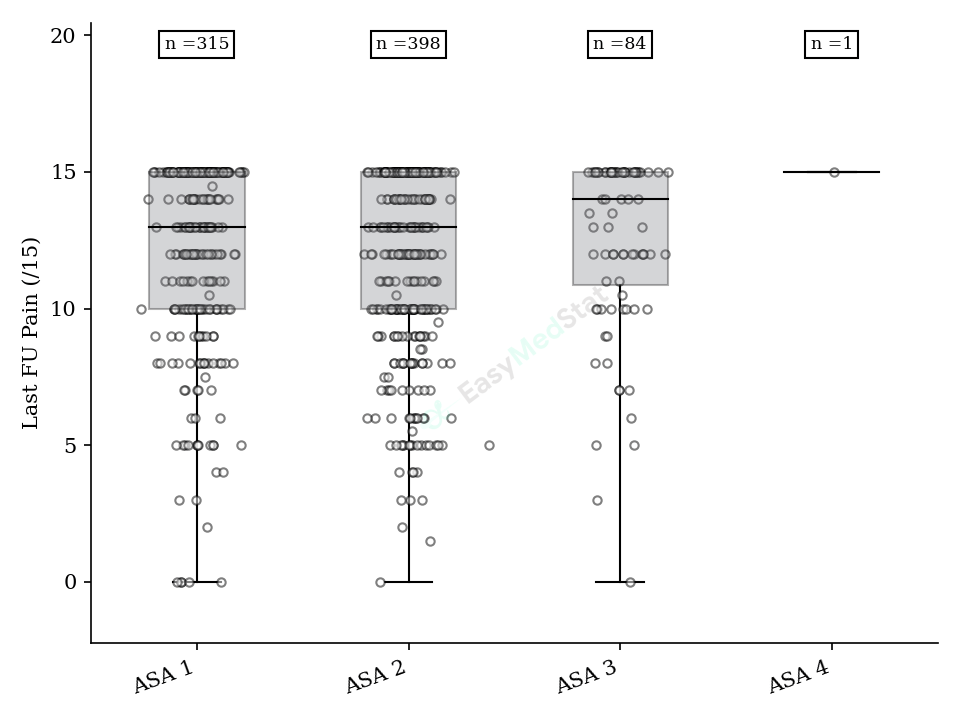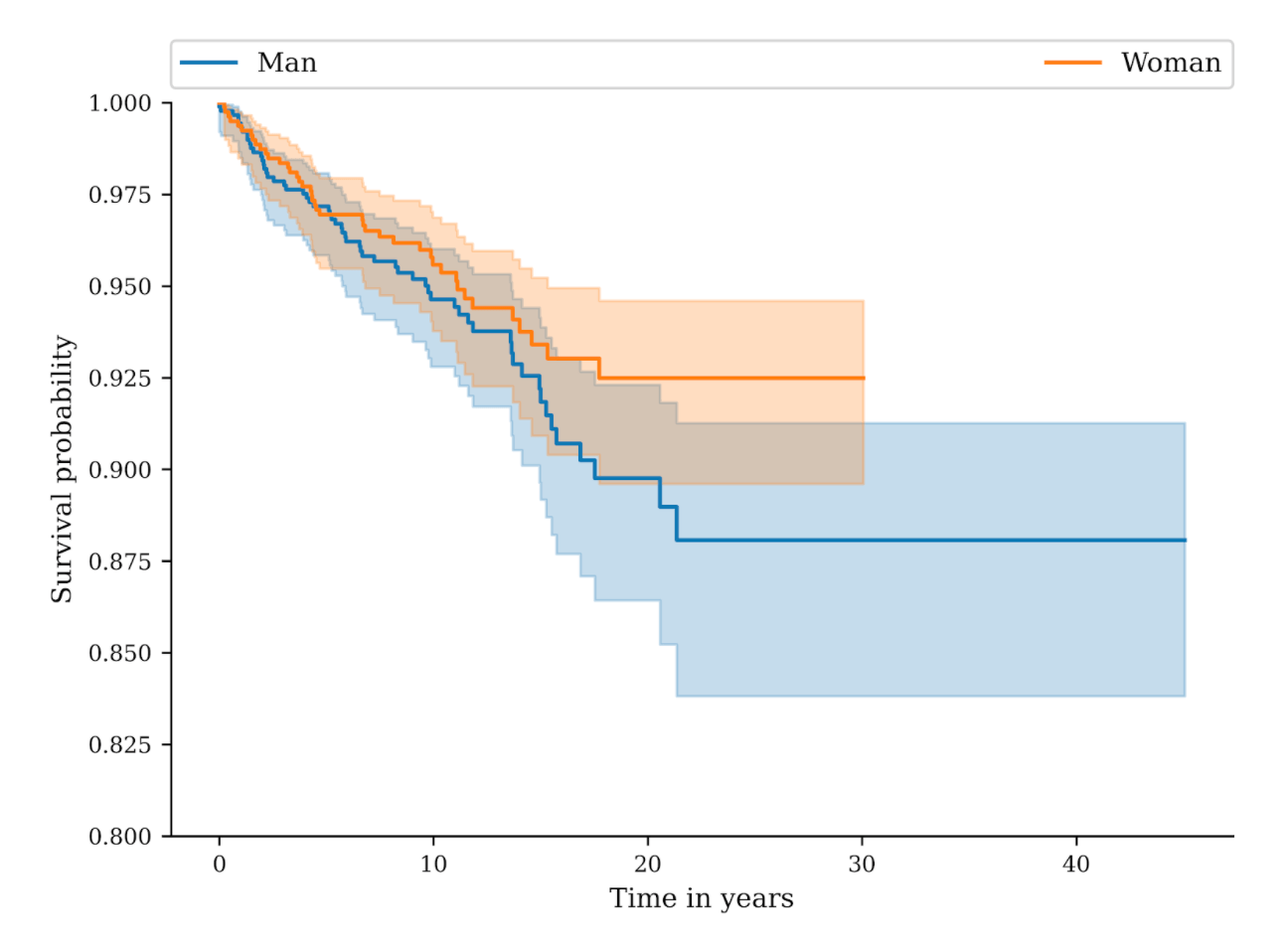Propensity Score Matching Online Calculator
Unlock new insights from your data with our user-friendly tool
A better way to perform your statistics
Automate
PSM
Our tool automates propensity score matching, freeing up your time and ensuring reliable results. High-definition charts are instantly created from your data, and can be directly added to your publications or presentations. We offer several customizable templates to suit your unique needs.
Balance Your Treatment Groups
Achieve unbiased estimates in observational studies by balancing your treatment groups using propensity score matching. Our automated analysis tool ensures accurate matching based on selected covariates, reducing the risk of bias and enhancing the validity of your results.
Calculate Propensity Scores
95% confidence intervals are calculated at each delay to provide you with the survival of your patients. These confidence intervals are also plotted on the survival curves.
What is Propensity Score Matching?
Propensity Score Matching (PSM) is a statistical technique used in observational studies to reduce bias by equating groups based on these confounding covariates. PSM can simulate random assignment, so that the resulting groups are equivalent except for the treatment. Then, EasyMedStat performs the complex calculations behind the scenes, allowing researchers to focus more on the implications of their findings.
How to Implement Propensity Score Matching with EasyMedStat?
Leveraging our tool for Propensity Score Matching is straightforward. Select the treatment variable and covariates you want to control for, and our tool does the rest. For example, you can examine the impact of a new treatment on patient outcomes while controlling for factors like age and gender. Our tool will perform the matching and provide you with a comprehensive analysis of the treatment effect.
Preparing Your Data for Propensity Score Matching
It couldn't be easier! All you need to do is provide your patient data, including the treatment and potential confounding variables. Import an Excel file, a CSV file, or add patients one by one - our tool is flexible and user-friendly. The power of robust statistical analysis is at your fingertips, no advanced programming skills required.
Frequent Questions
Need more information about propensity score matching?






